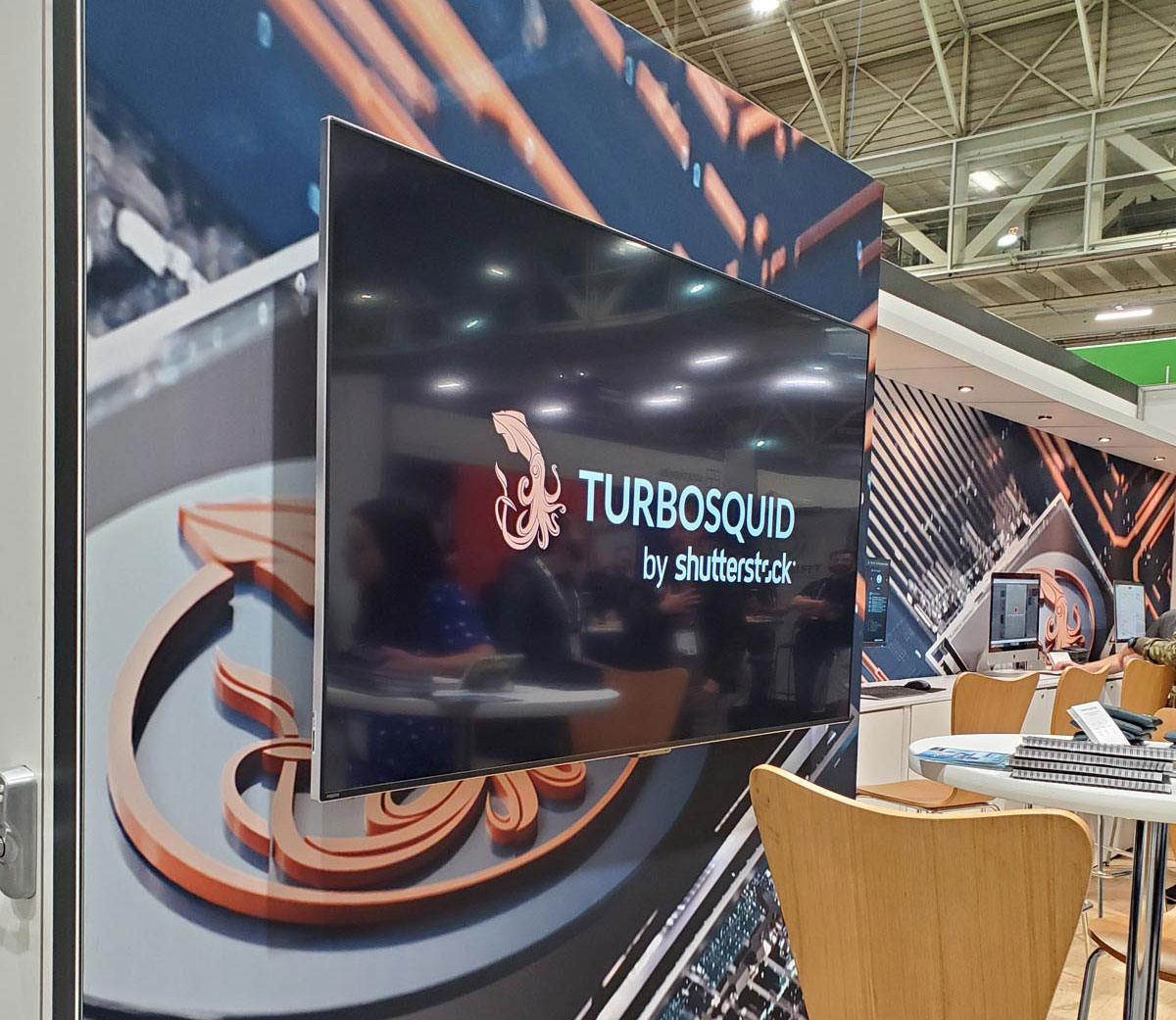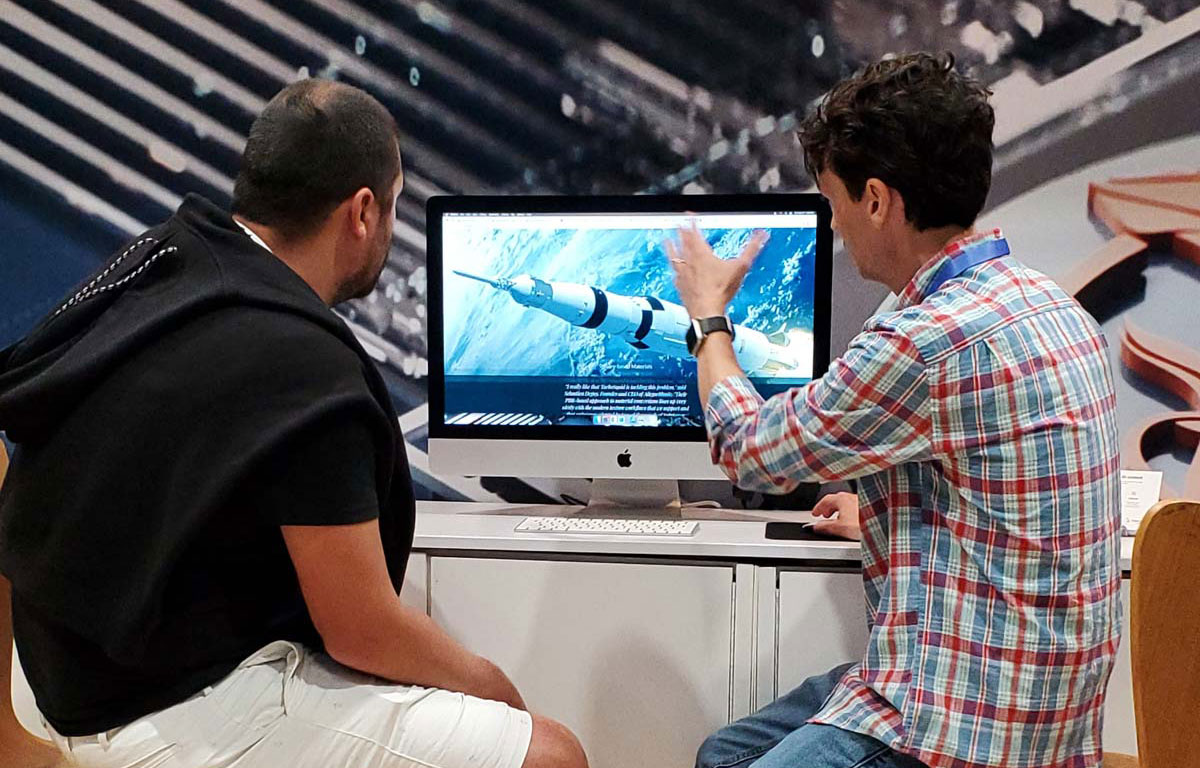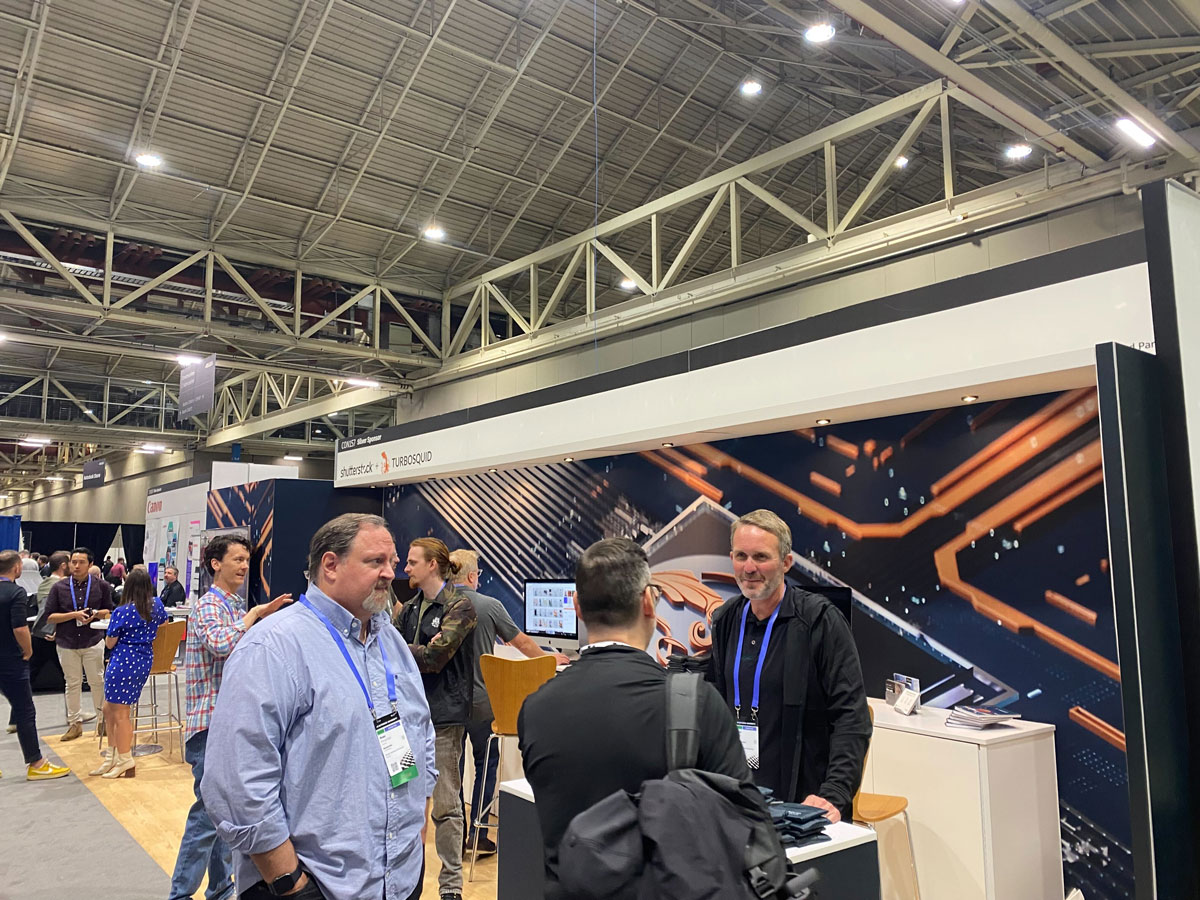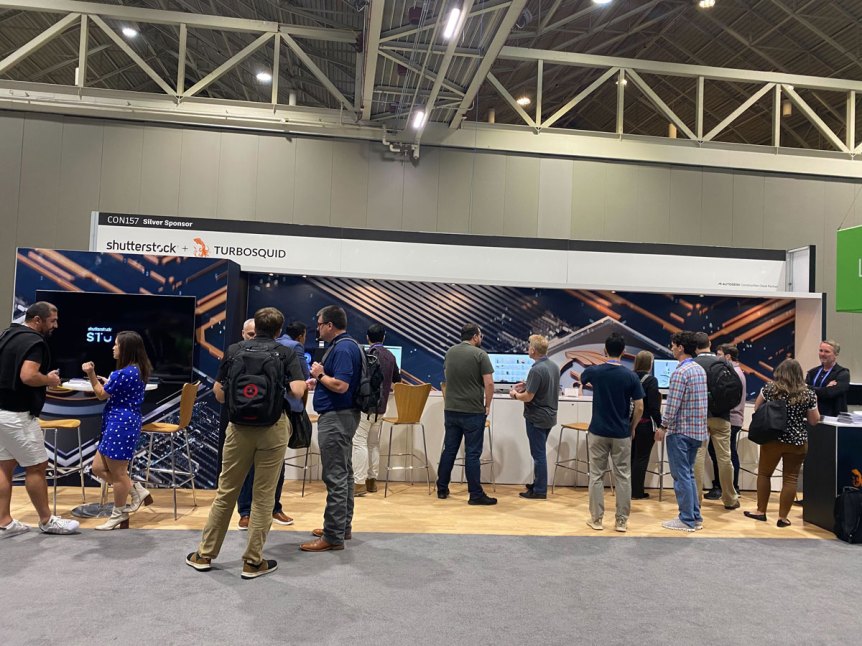With over 450 classes, workshops, and exclusive talks from Epic Games, Meta, NVIDIA and more; this year’s Autodesk University had it all. But what if you couldn’t make it to the conference?
No problem. We’ve compiled the five biggest trends we saw at Autodesk University 2022 into one handy article below. From the need for rich metadata to the increasing popularity of digital twins, read on to discover the hottest topics from this year’s event.

1. Digital Twins are in Demand
Companies and creatives are increasingly using digital twins, and it’s easy to see why. For city planners, an exact 3D replica can help simulate the best road designs to reduce traffic. For manufacturers, an always-updating model can ensure factory layouts are as efficient as possible. Digital twins could even help architects assess a real building’s environmental impact or predict when maintenance is needed. With the global digital twin market expected to reach a value of over 46 billion dollars by 2026, we expect to see an adoption surge in the near future.
2. Metadata Really Matters
Whatever industry they’re used for, digital twins are also the perfect example of why metadata matters. Take the process of designing interiors in VR. The digital twin of a building can help you do this—but only if it accurately reflects the real-world counterpart’s materials and specs. Attaching rich metadata to the 3D asset is key to ensuring this gets done. Metadata will also keep all the stakeholders involved in maintaining a building updated with the most accurate information possible, which helps avoid disasters like the Grenfell Tower fire.
Because of this, we saw many creators at Autodesk University 2022 agree that building 3D assets with complex metadata attached to them is crucial for future projects. There was also much discussion of developing a robust and extensible metadata standard for all industries using 3D. You can certainly expect to see efforts made toward standardized storage and transmission of metadata in the near future. If you want to get started, take a look at our digital asset management solution, Kraken, to see how TurboSquid can help with your metadata.

3. Interactive Visualizations are the Future
What if you could explore each product you’re about to buy, all without leaving the couch? With 3D, many industries are able to help you do just that through interactive visualizations. Already, major brands like IKEA are using these to help anyone virtually place furniture in their space—and Autodesk University made it clear this is just the beginning.
Soon, you might be able to get inside a 3D concept of the latest sports car and take it for a virtual test drive. Before we get to that, however, companies and creatives are interested in the possibility of basic interactivity, ensuring buttons, hinges, and the like can be used for web, AR and VR applications. This would give valuable insight into how a design might function in the real world, allowing you to not only see an IKEA wardrobe in your new home: but test the doors and drawers, too.
4. Curated Content is King
Architectural visualization, building information modeling (BIM), and similar 3D design tasks require massive amounts of content, from the smallest components to the biggest buildings. Professionals in the architectural, engineering, and construction industries want collections of 3D kits and models for visualizations, including everything from people to plants and roads.
To help with heavy workloads and tight deadlines, several of those professionals mentioned that they’d be willing to pay a subscription for these kinds of asset collections. Could a Netflix for 3D models be on the horizon?

5. Interoperability Is Coming
As multiple metaverse environments become increasingly likely, the ability for different 3D software to work together was a major talking point at Autodesk University 2022. It was clear that the increasingly complex nature of 3D demands that assets work seamlessly across the different platforms.
Discussion of this was only bolstered by the news that Epic Games and Autodesk are collaborating to connect workflows between their industry-leading tools. Expect to see everyone else follow suit.

